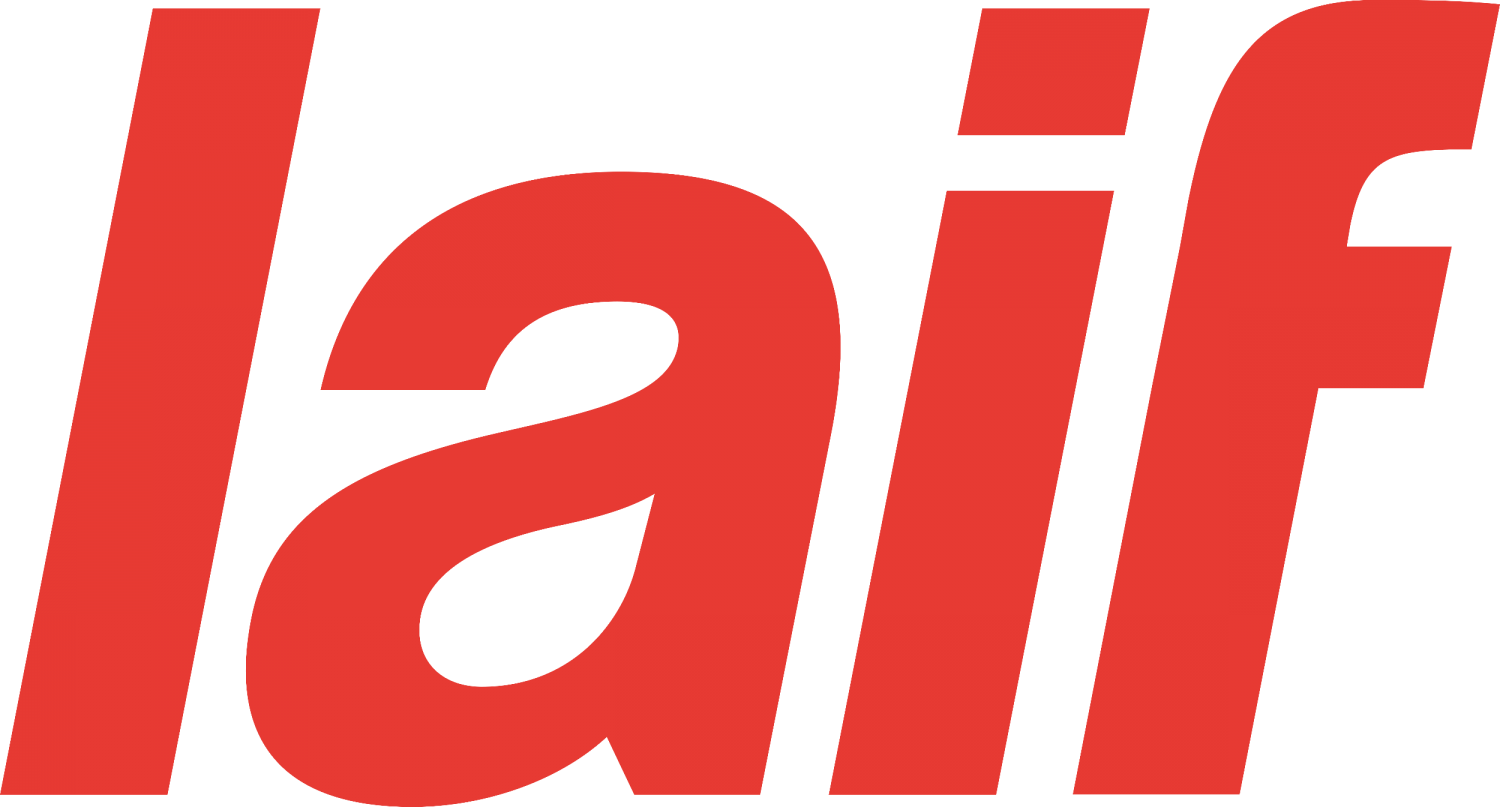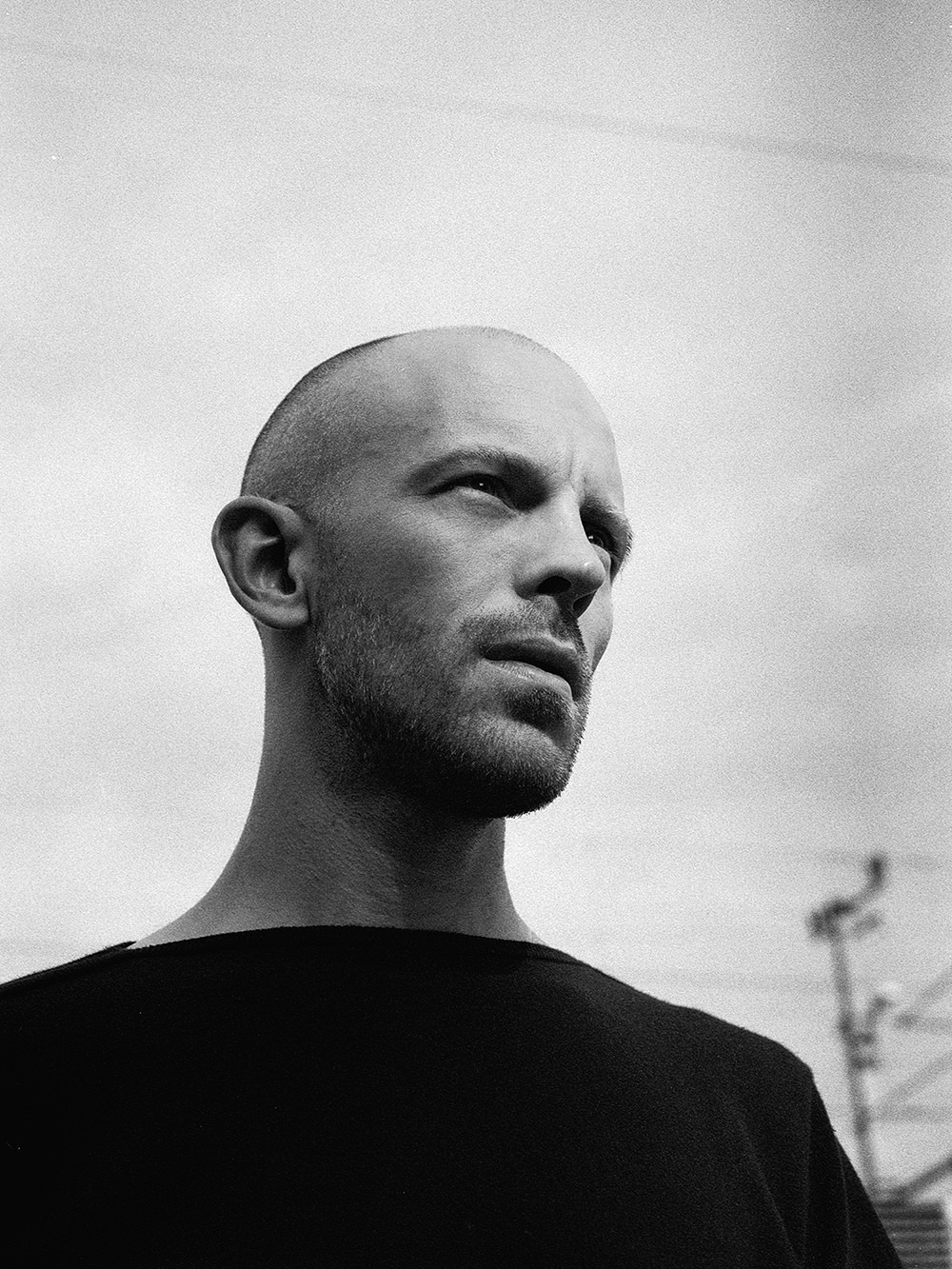You can also find out more about our new laif photographer on Instagram fromThese missions are working on the huge project of preparing humanity for space travel to Mars. To this end, six so-called “analog astronauts” are testing the same procedures and experiments in spacesuit simulators that will later be carried out on the neighboring planet.These missions are working on the huge project of preparing humanity for space travel to Mars. To this end, six so-called “analog astronauts” are testing the same procedures and experiments in spacesuit simulators that will later be carried out on the neighboring planet. March 30, 2024. He will take over the laif account for one week and talk about his work.
Katja Kemnitz interviewed him shortly before his journey to the next AMADEE Mars mission:










